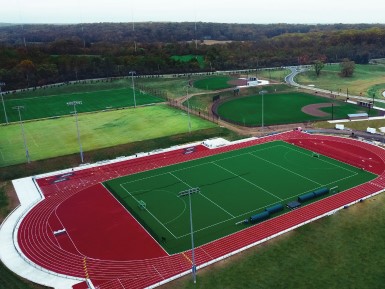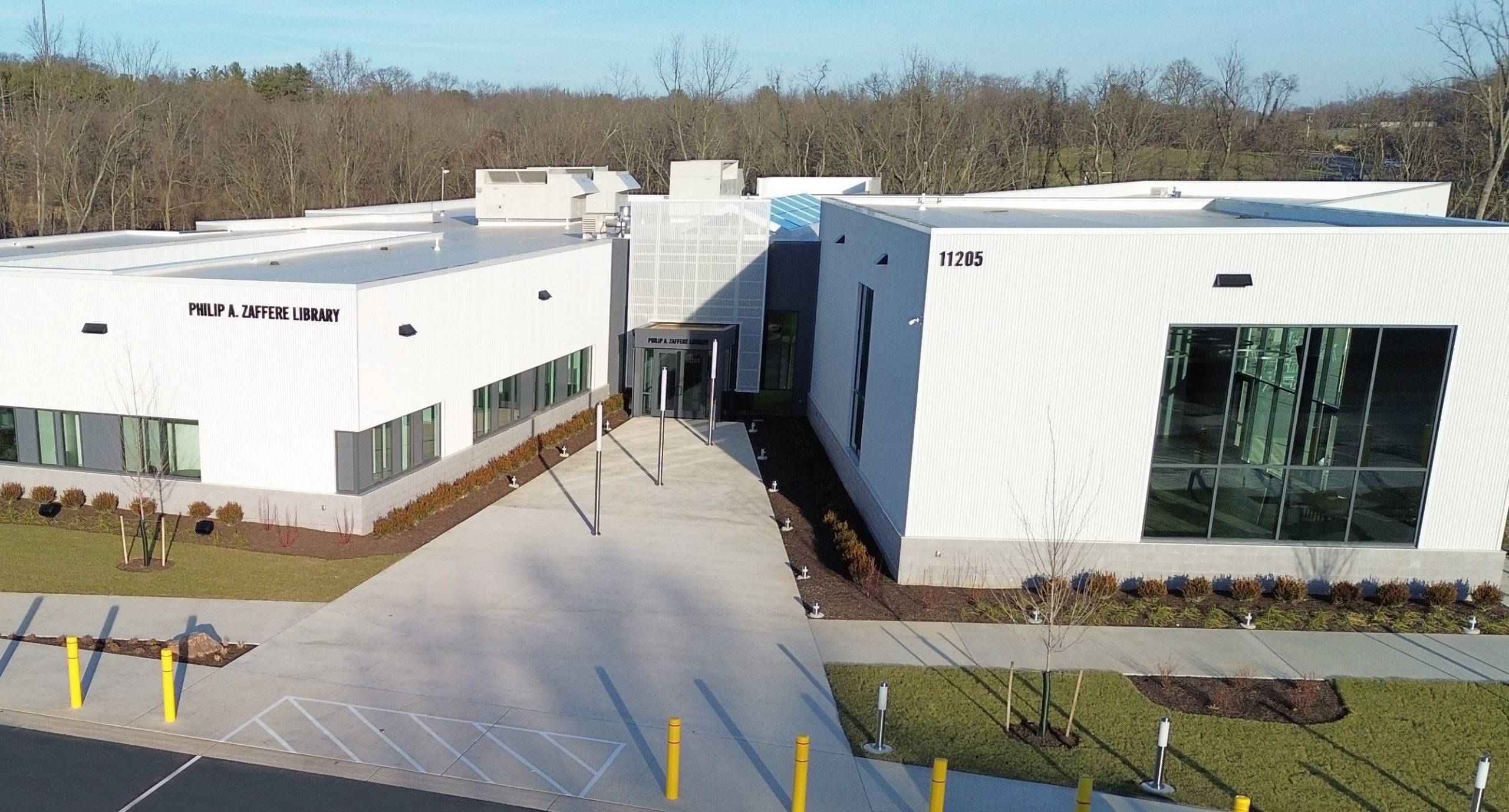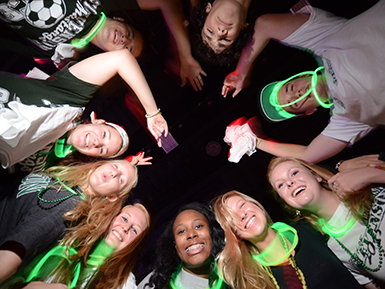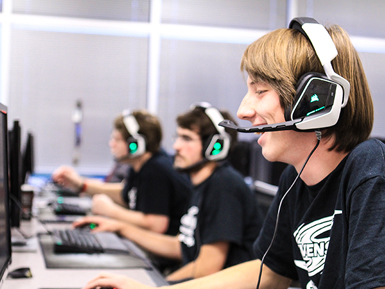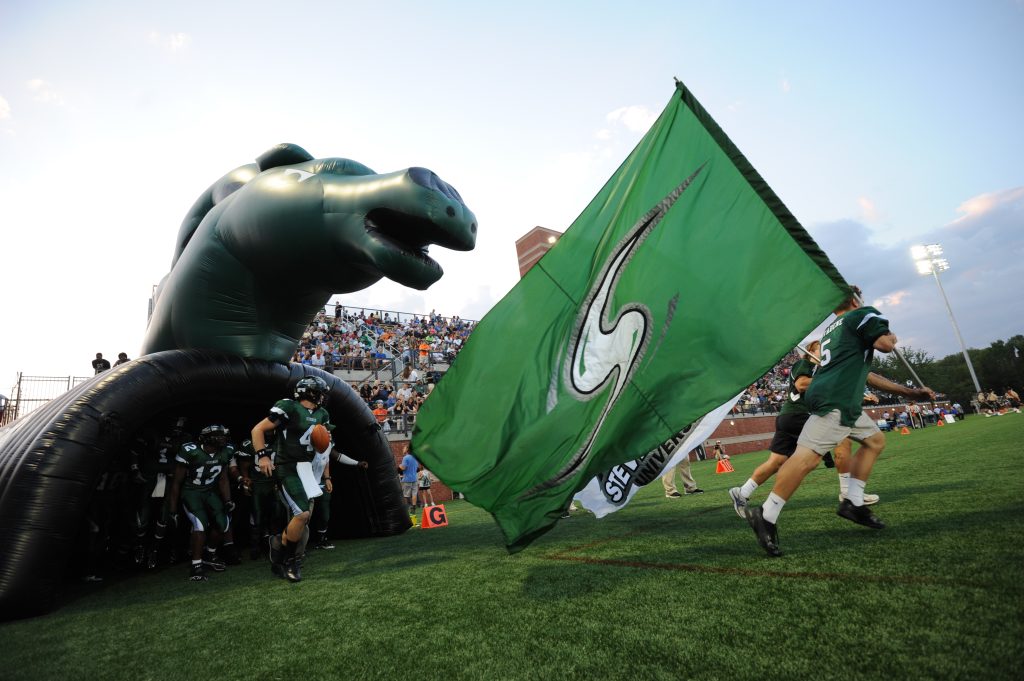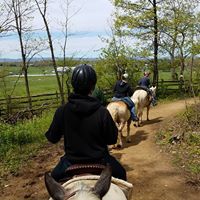
Public historians have always been known as the fun historians in a group, so it should be no surprise that our majors thoroughly enjoyed their horseback tour of Gettysburg National Battlefield. On a Sunday late in May, five of our majors, two faculty members, and two surprise guests made their way out onto the bridle paths of that famous Civil War site.
PHIST majors (Lto R) Caroline, Alex, Anthony, Stephanie, and Zane wonder how long it will take before the photographer realizes they have tied his shoelaces together.
After the trail ride, Professor McGraw gave all participants a guided tour of a part of the battlefield on which his expertise abounds. His observations were fact checked in real time by David Henry who appeared in the movies Gettysburg and who was one of our esteemed guests.
Five minutes into Professor McGraw’s talk on how to make Gettysburg great again, Professor Goodall finds evidence that Stonewall Jackson’s troops were right– it is possible to fall asleep standing up!
Credit is due Professor McGraw for developing and leading this trip–one of several “Healthy History” excursions he has introduced to our program this semester. We are already looking forward to participating in his canoe trip at Eden Mill next fall. While often a fun target for this blogger’s captions, Professor McGraw is a crucial part of our program, a wonderful mentor for the students, and a staunch advocate of our majors. On behalf of the Program, we would all like to say: “Thanks, Joe!!!”
Caroline’s laugh says it all: “How do I get it to go?”
A crucial part of Stevenson’s Public History Program, field trips such as these allow our students to learn that history can be delivered to the public in a variety of ways. In this case, a horseback tour allows visitors to view the battlefield from literally a different angle, and to access portions of the battlefield they may not have seen before. Professor McGraw’s “Healthy History” excursions also provide our students a learning laboratory in which they experience learning history as a complement to an outdoor excursion. This will be a crucial tool for public historians in the future as they tap into the high growth outdoor recreation industry. Thus, the importance of these kinds of excursions in allowing our students to visualize and participate in what may be the future of public history.
